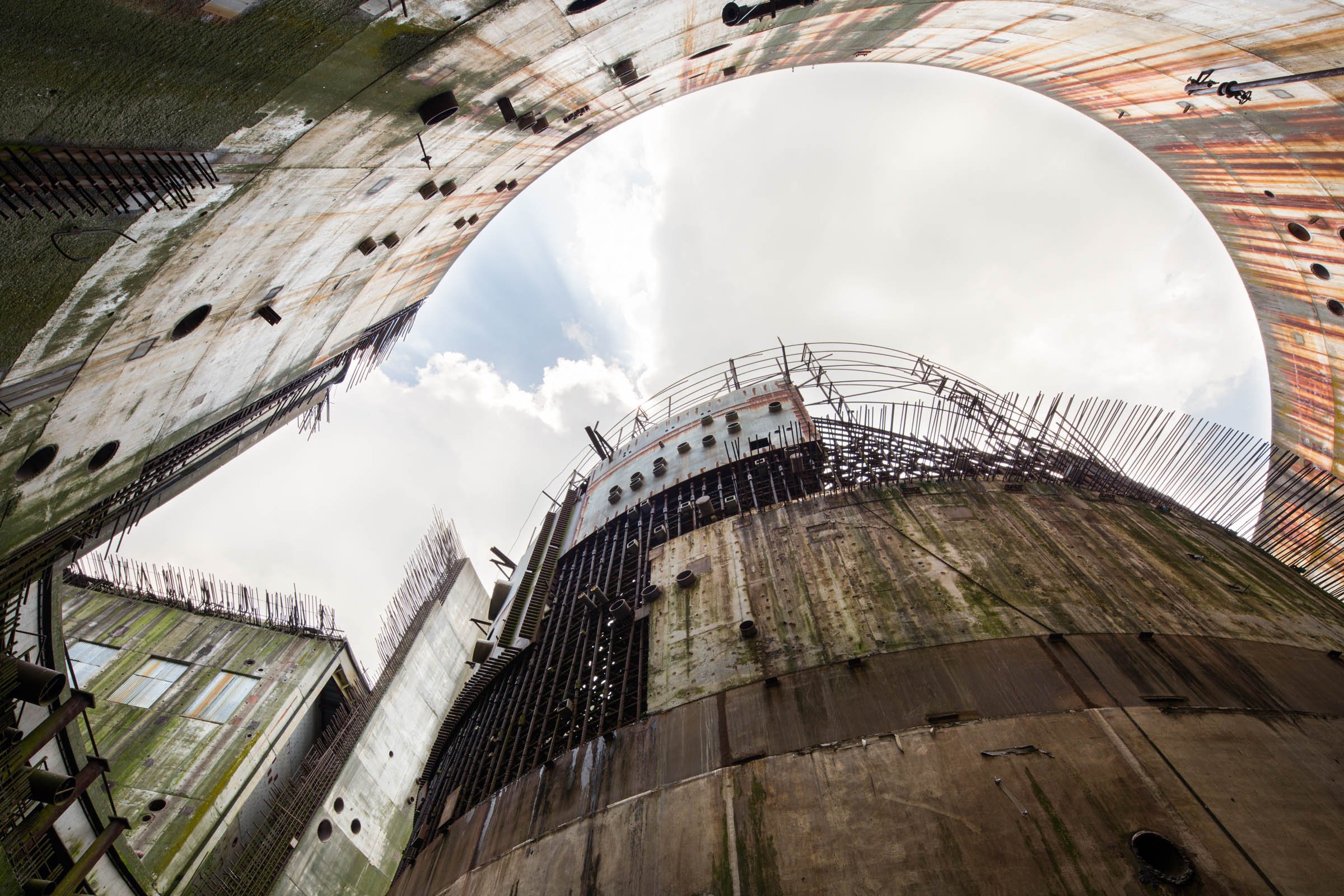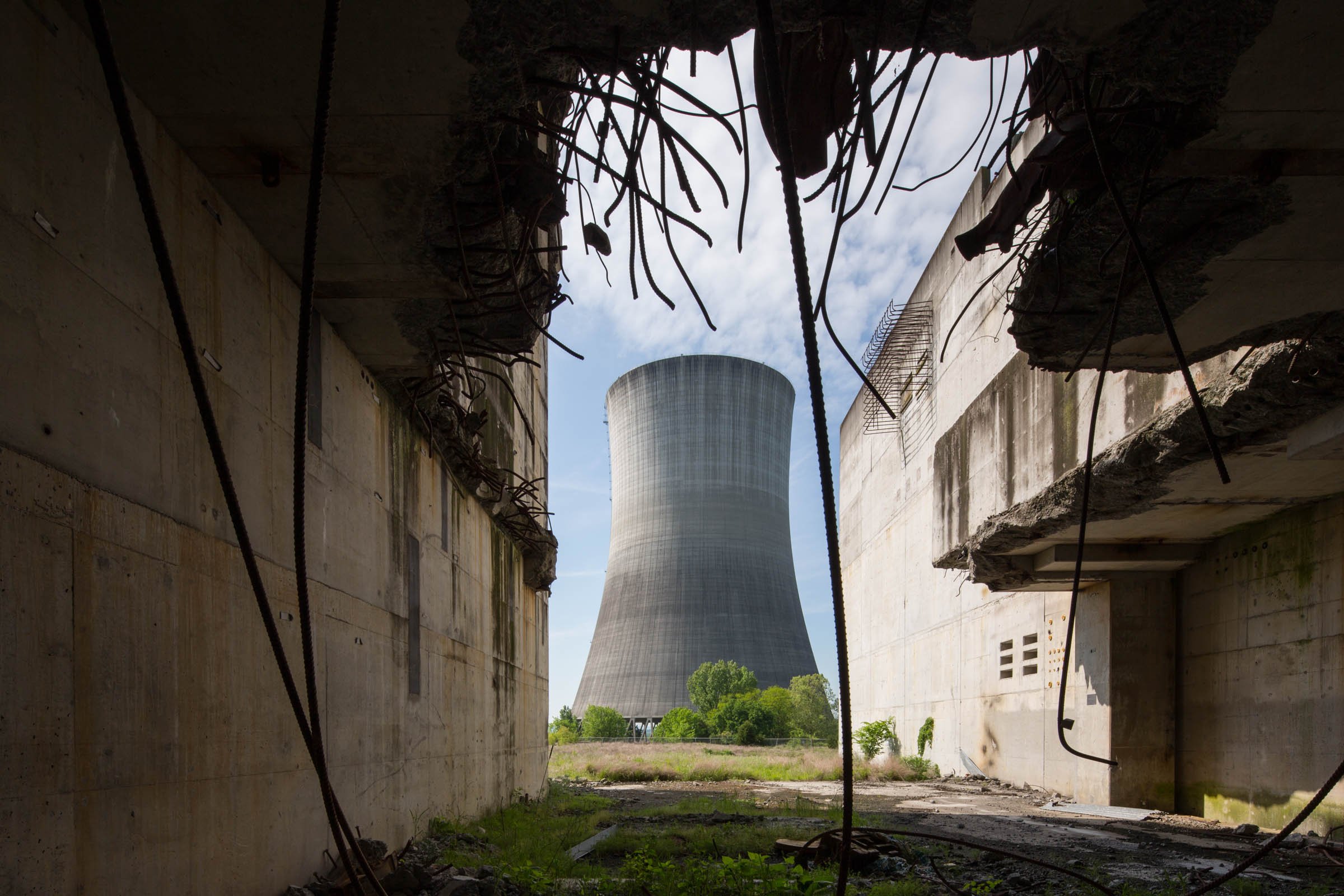Hartsville Nuclear Site, Tennessee
In 1933, President Roosevelt signed the Tennessee Valley Authority Act, establishing the Tennessee Valley Authority (TVA) as a federally owned power corporation with a focus on generating electricity, preventing flooding and improving travel and business in the area. The Tennessee Valley Authority currently operates across 80,000 square miles across seven states in the Southeast.
The first of the power plants to be constructed in Alabama, near Browns Ferry, under the Tennessee Valley Authority was announced in 1966. In 1972, the TVA ordered the construction of another nuclear power plant on a site along the Cumberland River near Hartsville, Tennessee. This particular plant, the largest envisioned at the time, was to be comprised of two identical plants, A (A1 and A2) and B (B1 and B2), that would contain General Electric boiling-water reactors. Construction of the Hartsville plant brought 7,000 jobs to the area and business began to boom at nearby car stores, dealerships and restaurants.
The Tennessee Valley Authority was making bold predictions that within a little over 10 years, over 40% of its generating capacity would come from nuclear power plants. Unfortunately, by 1980, when the first of the two plants was to be completed, it was realized that the demand for nuclear power from years before was actually on the decline. This is attributed to many possible factors, one of which was likely the Three Mile Island incident, which altered many Americans’ views of nuclear power.
Increasing costs and lowering demand could not compete with coal-fired plants and in 1982, Tennessee Valley Authority made the decision to cancel construction of Hartsville's Site A, leaving the plants 44% and 34% complete and Site B which only reached 17% and 7% completion. The $2.7 billion invested in the Hartsville site would be written off by TVA between 1984 and 1995.
The plant currently sits abandoned, but some of the original property has become part of the PowerCom Industrial Center property.

























